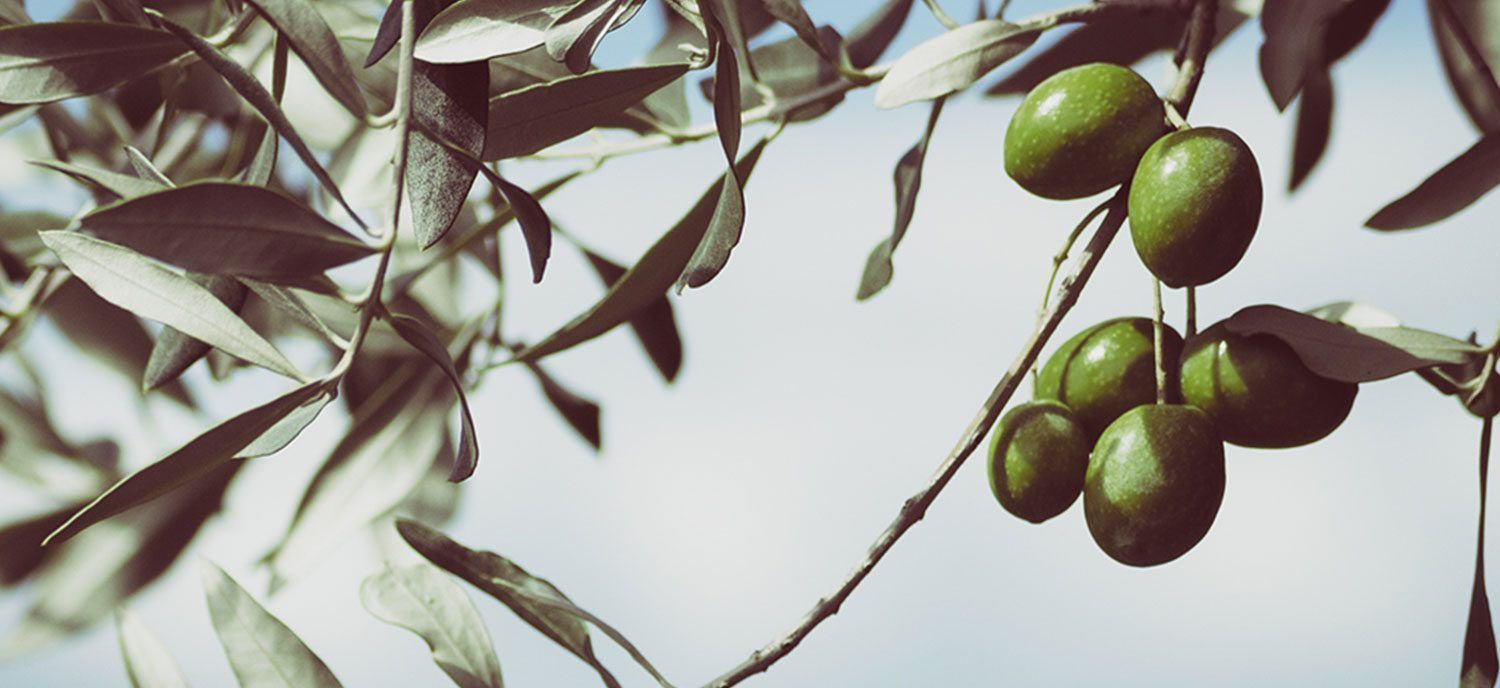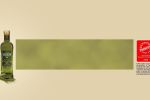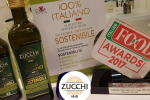6 June 2016
The glossary of those of us who are careful about what is put on the table, must contain these words “Cold pressing”. But what is it exactly? How does it differ from other production methods and why is it so important?
Let us find out with Zucchi in the following description.
DEFINITION
To be precise, “first cold press” and/or cold extraction refers to the production of vegetable oil by a mechanical process. This technique is used for the production of vegetable oils, such as virgin oil, extra virgin olive oil or organic sunflower seed oil. The extraction temperature for extra virgin olive oil is below 27°C ; whereas, for seed oils, there is no univocal reference provided for by law, but the temperature is above 27°C.
THINGS YOU SHOULD KNOW
• You very often hear the wording “first cold press” which suggests that there is a second pressing phase. But, in fact, this wording refers to a technique which is no longer used and which consisted in crushing the olives twice with hydraulic presses, in that a single pressing was insufficient for the whole juice to be extracted.
• Cold pressing ensures that the oil retains its nutritional value and physical properties, thus enhancing its benefits when consumed.
• The first cold pressing refers to the temperature of the crushed olive paste, , which must not be above 27 degrees in its malaxation phase (remixing).
There are different techniques for crushing olives: the first one (the traditional one) consists in two rotating granite wheels crushing the olives, which are subsequently preside; the second, employs mechanical crushers and decanter by a method which, due to its operating continuously, is referred to as ‘continuous’. In the second case, it would be more appropriate to talk of “cold extraction”; this is the most commonly used method in that it allows better hygienic conditions to be met as well as fully satisfying market demand and consumers’ needs.
• With the first cold pressing the contents of the fruits are extracted in such a way that the quantities of minerals, vitamins and beneficial antioxidant-rich substances are preserved. The main phases of this procedure are: washing, grinding or malaxation, pressing, centrifugation and filtration, always by mechanical means.
So what is it that makes the first cold pressing or cold extraction such an important method? The answer is simple: it is a ‘technique of choice’ guaranteeing that the essence of a fruit is preserved and giving consumers a quality food which is produced by such means as heighten the beneficial properties of oil.






